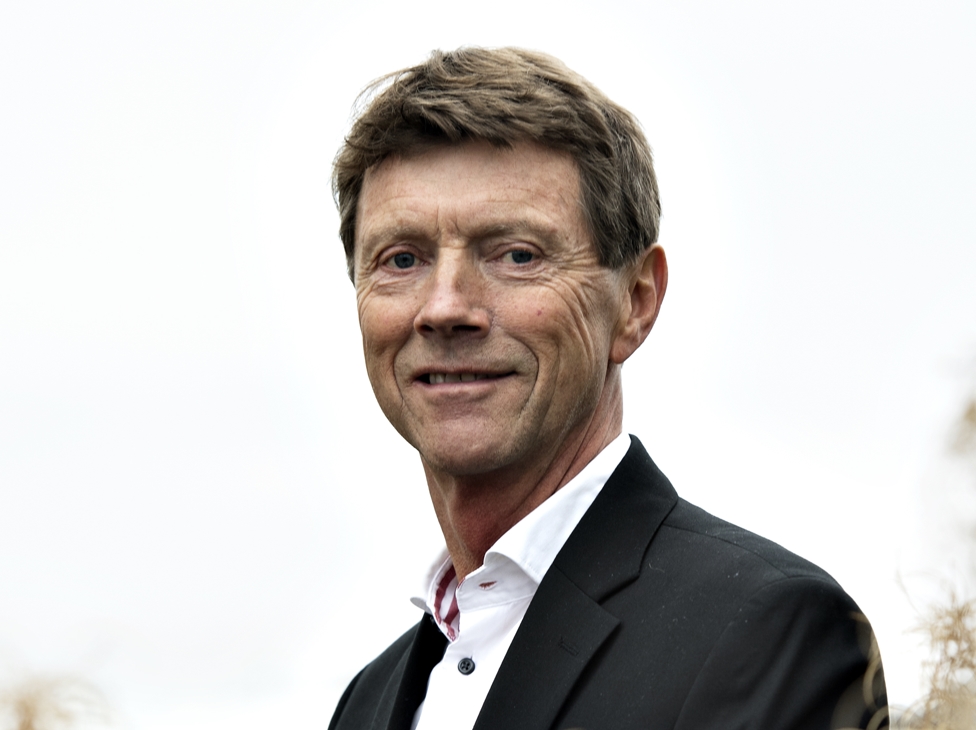Chair of the Programme Board for CLIMIT
Arvid Nøttveit (69) is a strategic advisor for energy at the Norwegian Research Centre (NORCE) based in Bergen, and was CEO of its predecessor Christian Michelsen Research for 14 years. He has extensive experience from research in the oil and gas industry, and from managing practical work in drilling, exploration, field development and operations on the Norwegian continental shelf and around the world. Nøttveit holds a PhD in geosciences from the University of Bergen.


